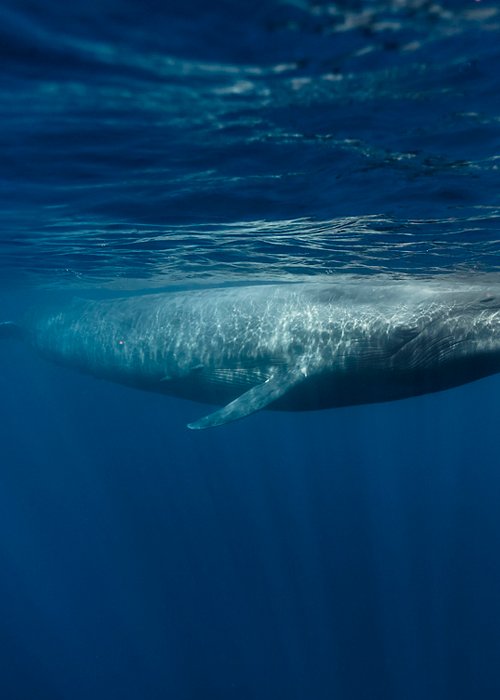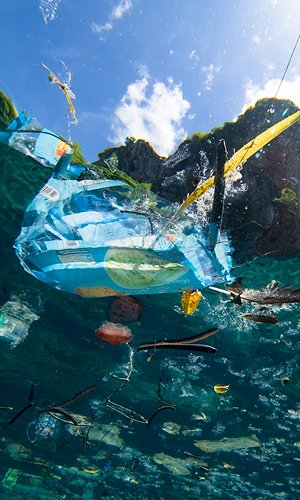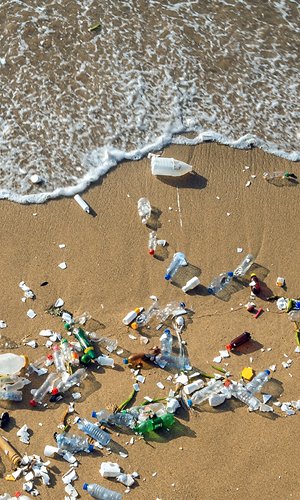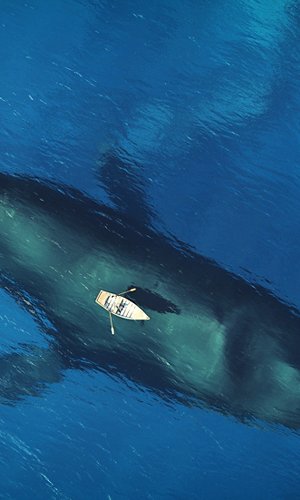The European Parliament says that 150 million tonnes of plastic are floating in the oceans and that a deluge of plastic material, weighing an estimated 5-12 million tonnes, ends up in the sea every year. Plastic in the sea impacts fishing and tourism causing economic damage calculated at between 259 and 695 million euros. What is the damage to fauna? To ecosystems? Plastic waste injures animals that become trapped in larger pieces or in abandoned fishing nets. Pieces of plastic can be ingested and kill birds, mammals and fish. One of the main problems is the fact that plastics do not decompose, there are no organisms in nature able to fully digest plastics, and this is because they are artificial and recently invented substances, so Nature has not had a chance to evolve systems to break them up. In fact, plastic does not decompose, but crumbles: the action of ultraviolet rays, abrasion, rain and wind breaks the plastic down into smaller and smaller pieces: microplastics. These tiny pieces of plastic measure from one micron (one thousandth of a millimetre) to one millimetre. In the sea, microplastics enter the food chain because fish, molluscs and crustaceans mistake them for plankton and eat them. And from the sea, microplastics enter our kitchens. Not only that—there are microplastics in the water we drink, in soft drinks, in salt.
And what about the whales? They are animals that, to feed themselves, need to filter hundreds of litres of water for each mouthful of food, so how much microplastic do they eat? A group of Californian researchers has published the answer in the scientific journal Nature Communications. Blue whales (Balaenoptera musculus) are the largest animals in the world, measuring up to 24 metres long and weighing up to 150 tonnes. To feed itself, each blue whale fills its enormous mouth with seawater (up to 80,000 litres) and pushes it with its tongue (the largest muscle in the animal kingdom) towards its baleen, which expels the water and retains food particles, such as krill, consisting of small shrimps, and small fish. The baleen forms a very efficient filtration system, in fact, in addition to food, it also retains a large amount of plastic fragments. Researchers estimate that blue whales can swallow up to 10 million pieces of microplastic every day, totalling 43.5 kilograms. You might think that most of the plastic ingested by whales comes directly from the water. On the contrary, it is estimated that only a small part of the ingested plastic comes from the sea, while the rest, the bulk, is found in the organisms eaten by blue whales.
Researchers have also studied other cetacean species, such as fin whales (Balaenoptera physalus) and humpback whales (Megaptera novaeangliae), but in proportion none of them swallow as much plastic as blue whales. What the ingestion of such a large amount of plastic means for the health of cetaceans is still unclear. Trying to digest something that cannot be digested is likely to result in additional energy expenditure, and plastic fragments, migrating into the thick layer of blubber that defends the whales from the cold waters, may adversely affect their insulation capabilities. What is certain is that plastic in the environment is one of the most important and persistent pollutants.
By Andrea Bellati
Source: https://rdcu.be/cZjrY





